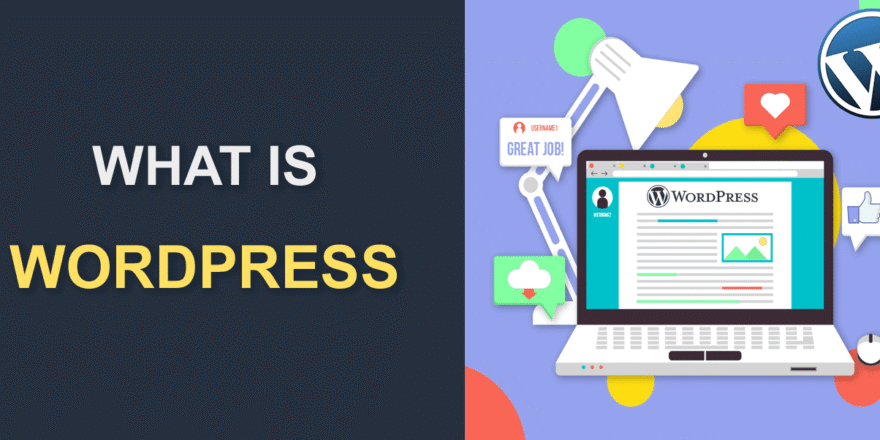Web Designer: A web designer is a person that makes the website looks good. They mainly refer to the splendiferous portion of the website as well as it’s usability. The main responsibility of Web Designers is to focus on the style and overall feel of the website using different software like Photoshop, Corel Draw, etc to make the website more attractive.
There are different types of web designers as per their role:
- User Experience (UX) designer: UX is known as User Experience. Basically how a user feels and his/her demands getting fulfilled after using the software or automobile or any other gadget designed. In simple terms “is user able to use the product in an efficient manner, the way the developer has intended to use his artifact.”
- User interface (UI) designer: User Interface (UI) Design is the creation of graphics, illustrations, and use of photographic art work and typography to enhance the display and layout of a digital product within its various device views. Interface elements consist of input controls (buttons, drop-down menus, data fields), navigational components (search fields, slider, icons, tags), informational components (progress bars, notifications, message boxes).
- Visual designer: The Visual designer role is to aim for the completed product should look attractive. They are the mixture of User Interface and Graphic designer. Don’t get confused between a Graphic designer and Visual designer.
Web Developer: Web developers are generally called programmers. They take the design created by the web designers and convert it into a fully functioning website. They use different software and tools like Javascript, jQuery, Node.js, PHP, ASP.NET Python, etc. Their main aim is to build a smooth-running, well-functioning website. Web developers are responsible for the collaboration with UX designers, UI designers, and visual designers to create web pages based on the design provided by the designer.
Based on their role, web developers can also be divided into three types:
- Front-end developer: The part of a website that user interacts with directly is termed as front end. It is also referred to as the ‘client-side’ of the application. It includes everything that users experience directly: text colors and styles, images, graphs and tables, buttons, colors, and navigation menu. HTML, CSS, and Javascript are the languages used for Front End development. The structure, design, behavior, and content of everything seen on browser screen when websites, web applications, or mobile apps are opened up, is implemented by front End developers. Responsiveness and performance are two main objectives of the Front-End. The developer must ensure that the site is responsive i.e. it appears correctly on devices of all sizes no part of the website should behave abnormally irrespective of the size of the screen.
- Back-end developer: Backend is server-side of the website. It stores and arranges data, and also makes sure everything on the client-side of the website works fine. It is the part of the website that you cannot see and interact with. It is the portion of software that does not come in direct contact with the users. The parts and characteristics developed by backend designers are indirectly accessed by users through a front-end application. Activities, like writing APIs, creating libraries, and working with system components without user interfaces or even systems of scientific programming, are also included in the backend.
- Full stack developer: Full stack web developers have the ability to design complete web application and websites. They work on the frontend, backend, database and debugging of web application or websites.
Difference between Web Designer and Web Developer
| Web Designer | Web Developer |
|---|---|
| Web Designers are very creative in nature. | Web Developers are more technical in nature. |
| Web designers are the aesthetic element. | Web development refers to building user-friendly websites based on client’s specifications. |
| They transform the ideas into visually appealing designs. | They transform designs into fully functional websites. |
| Web designs refers to how the websites looks and feels on the outside. | Web development refers to the functionality of the website on how it works. |
| Web designing tools include Adobe Photoshop, Illustrator, DreamWeaver, Sketch etc. | Languages used are HTML, PHP, JavaScript, CSS, Python, Ruby, jQuery etc. |





